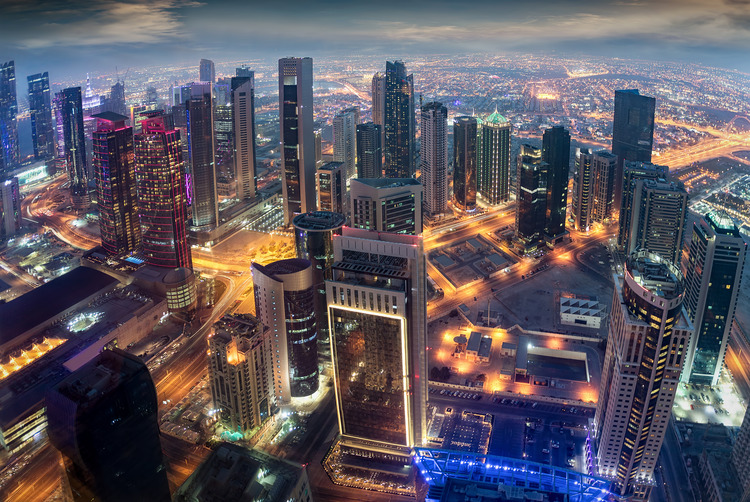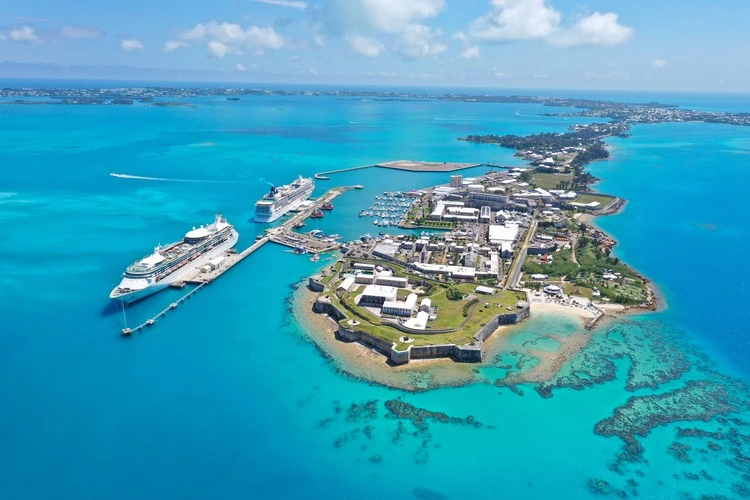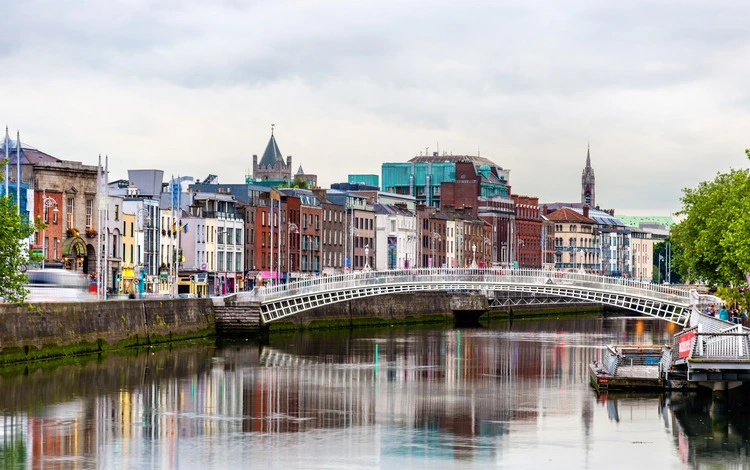
Where in the world are the most productive countries? Discover the places with the highest GDP per capita, and why exactly their economies are booming…
By
What does it mean for a country to be productive? In its simplest terms, it refers to a nation’s efficiency in producing services and goods (known as gross domestic product, or GDP) – and it’s vital for a robust economy.
There are many ways to calculate productivity – for example, taking a country’s entire GDP and dividing it by the number of hours worked across all individuals. Another method, used to determine the ranking within this article, is to take a country’s entire GDP and divide it by the number of individuals within that country.
So where in the world are the most productive countries? Here are the top five productive nations in the world from the 2024 World Population Review, according to their GDP per capita (in INT$), in reverse order:
5) Bermuda – $85,192

In 2023, Bermuda’s economy grew by 4.9 per cent, to $7 billion – the third year in a row in which its economy expanded.
International business forms the majority of Bermuda’s GDP (around 85 per cent), compared to around five per cent from tourism. One incentive for businesses to operate within Bermuda is the country’s low, or no-tax environment – there is no corporate income tax for any firms there.
Enjoying this article? Check out our related reads:
Although international business supports the island’s economy, Bermuda plans to continue to diversify outside of this, making sure to work on areas such as agriculture, forestry and fishing sectors, whose activities decreased by 10.9 per cent in 2023.
4) Qatar – $93,521

Until the 1940s, the major sources contributing to Qatar’s economy were the fishing and pearling industries. But following the advent of discovering the country’s rich natural gas and oil reserves, the tide changed: today Qatar’s economy is bolstered from being a major producer and exporter of these goods. In 2018, the country had the world’s third largest gas reserves.
However, Qatar has other means to support its economy outside of oil and gas – its non-oil sector has grown by roughly 40 per cent since 2016 – including making huge inroads in the construction industry through hotels, offices, stadiums and conference centres.
Another factor contributing to its high GDP is the government’s active encourage of private investment to boost its economy. In most sectors, businesses can be up to 100 per cent foreign-owned.
3) Ireland – $106,456

The high concentration of multinational, overseas businesses – including Google, Microsoft, Meta and Pfizer – in Ireland helps to boost its GDP. Closer analysis shows that in 2022, these firms made up around 56 per cent of the gross value added to the Irish economy.
One reason for so many large businesses heading to Ireland is its low corporation tax rate. But some experts, like chief economist at Swiss bank EFG International and former deputy governor of the Central Bank of Ireland Stefan Gerlac, believe that the many firms which flock there are skewing the country’s economic data.
‘[Ireland] looks like it generates a lot of economic activity, but the draw from that isn’t that large. It’s all artificial in a sense,’ Gerlach said.
2) Singapore – $116,487

At number two is Singapore, whose rapid growth from a low-income to high-income economy occurred in just six decades, since its independence back in 1965. So significant is its growth that in the latest World Bank Human Capital Index, the country ranked first in the world for human capital development, emphasising the degree of its advancement.
The manufacturing and service sectors make up a significant proportion of the country’s GDP. However, some warn that behind such impressive GDP lies stark income inequality.
‘People live well, but the per capita GDP conceals a high level of inequality, so that is definitely a major issue in Singapore today and one of the things that the current prime minister has focused on,’ said Josh Kurlantzick, senior fellow for Southeast Asia and South Asia at the Council on Foreign Relations (CFR).
1) Luxembourg – $134,754

Although it is one of the smallest countries in Europe, Luxembourg ranks top in its GDP per capita both in the European Union and the world, making it the most productive country.
Much like Ireland, Luxembourg offers an incentive for businesses to set bases there through its attractive tax system with much lower taxation rates compared to other countries. For example, the country is home to the headquarters of both Amazon and confectionery company Ferrero.
Tourism, logistics and information technology remain key sources of the country’s GDP, along with steel production. Luxembourg has also diversified its economy by shifting toward green energy.
Another major contributor to Luxembourg’s GDP is the financial sector, particularly its banking and investment services that benefit from the company’s stable political environment.




